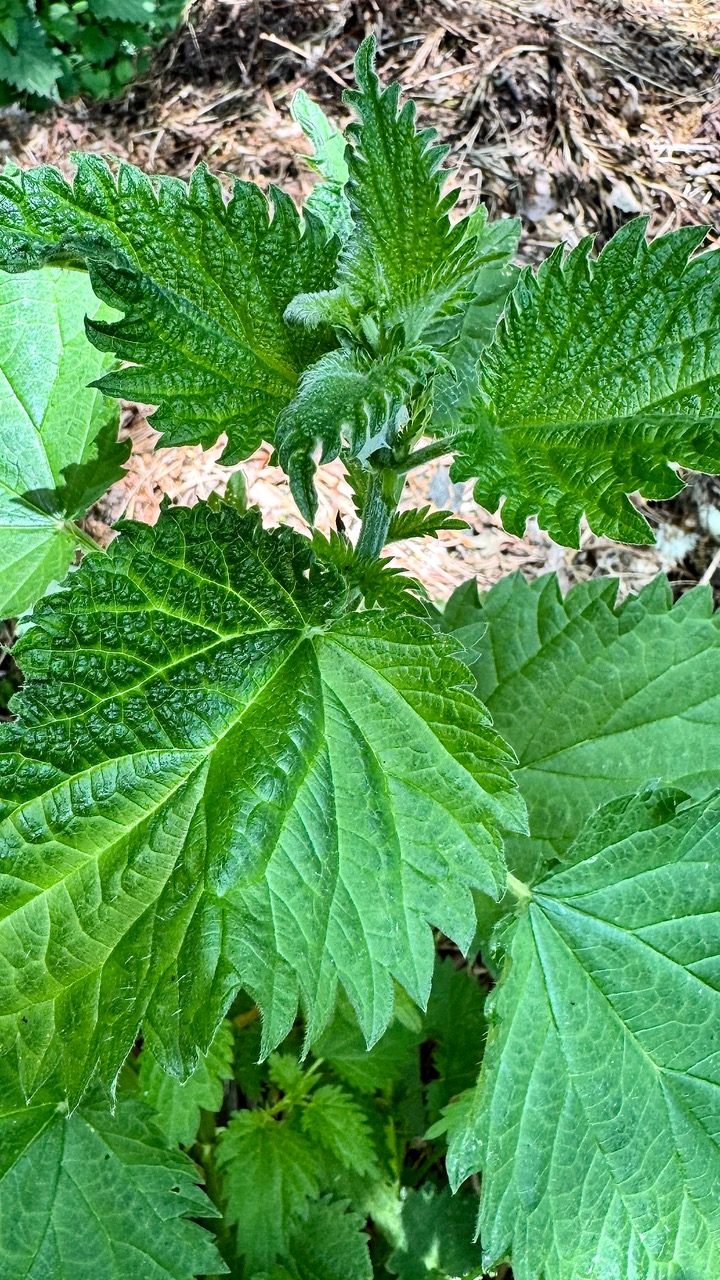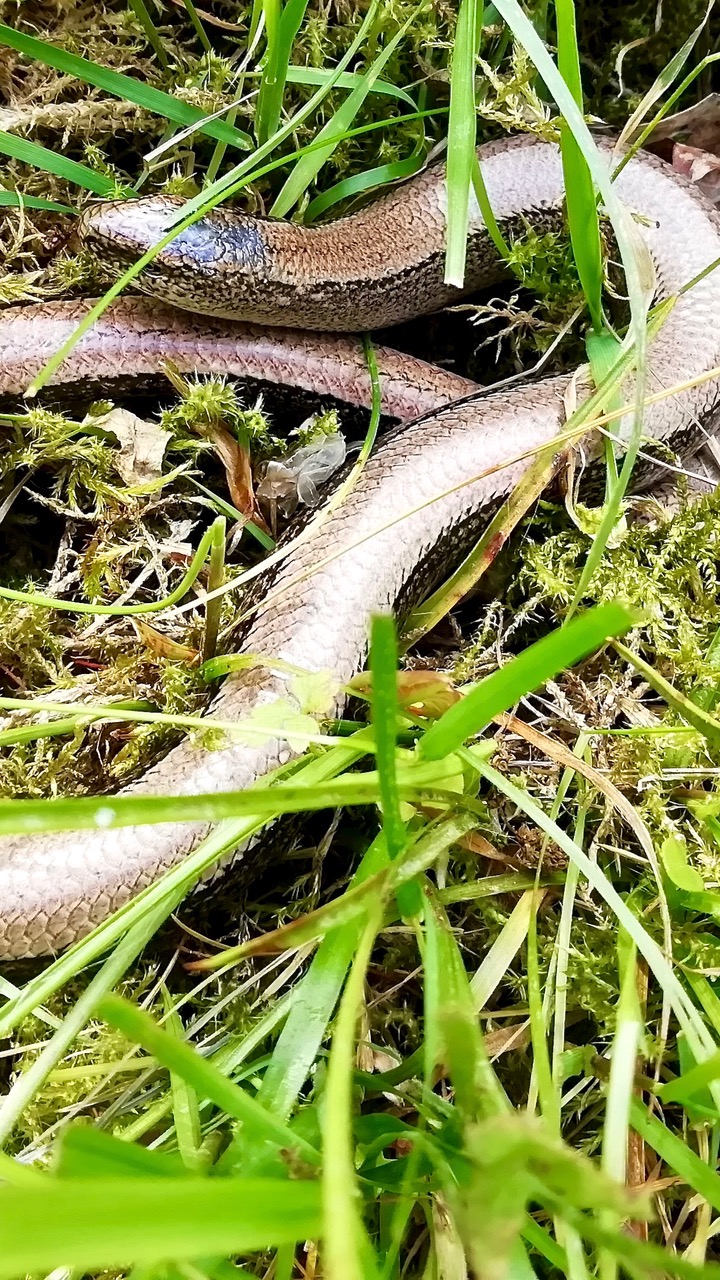Greenhouse? Kitchen garden beds? Ornamental borders? No – you need to look behind the scenes to find the beating heart of your garden.
Answer me this: what takes old, fading life and reassembles it anew; brims with life, both macro and micro; offers sanctuary to fleeting, transient life; helps fuel and nurture life from scratch; is powered by time; and is the crucible from which a garden’s vibrancy and resilience spring?
Spoiler: it’s not something you will ever buy. But it is something you can amass, build, turn (if you want to), cherish and ultimately reap the benefits of by the heapful. If that mound of clues hasn’t helped you twig it, you have never built a compost heap. And you must.

I used to consider my greenhouse the beating heart of my garden – it’s where the action happens, come rain or shine – but this spring, egged on by endless sunshine pulling me outside day after day, I’m aware from simple, quiet observation that the strongest beat actually comes from my compost heaps. They’re alive with the sights, sounds and promise of… life. Each heap is a thriving, diverse and ever-changing, living community in itself. I’m seeing them with fresh eyes.
When I alighted here over 20 years ago, I went for hot and fast composting; all that gathering, building, turning and turning again helped keep me fit and svelte(ish). I mixed bracken fronds and rhizomes with grass, weeds and mouldy imported straw. It was fun, satisfying and made cracking garden compost. I was frequently bushed, too, which is why my enthusiasm for hot heaps has become tepid over time and now I only build cool, slow and easy ones.
My technique is simple: I add anything and everything that’s rottable from the garden to the top of the heap, and leave it be (kitchen and household material goes into my cool and slow, worm-worked dalek bins, resulting in life-boosting wormpost). Nowadays time does the hard graft, not me. My big, circular heaps are 1.8m in diameter and 1m deep, formed from repurposed wire stock fencing. I pile everything on top, as and when, all year round. The heap sinks; I top it up. When sinking ceases, it’s time to harvest the dark, decomposed, garden-building riches.

But digging out mature compost is but the epilogue at the end of a heap’s story; it’s been busy giving back to nature and my garden since the day I began building it.
Masses of decaying plants means one thing: bugs, in the air and on the ground. Bugs means birds – and dragonflies. This endless spring has seen a spectacular influx of insect-eating birds: pied flycatchers, willow and wood warblers, blackcaps and chiff-chaffs flit through the buggy air above my heaps, while wrens duck and bob over and around them (sometimes building their prototype nests there), alongside compost-flicking blackbirds, robins and thrushes, busy stuffing their beaks to sate ravenous chicks.
Dragonflies make precision strikes around me, their wing beats thrumming in my ears. Seedlings of sessile oak and hazel, springing up on the heaps, are evidence of other feathered visitors – jays – which buried acorns and nuts last autumn. These seedlings will be potted up, grown on into treelings, then planted in the surrounding woods.
Many of the forgotten acorns and nuts will have been eaten by the heap’s mammalian lodgers, mice and voles, which run rings around it, as well as burrowing into the sides. It’s little wonder that the tawny owls hoot from the oak boughs overhanging the heaps, or that weasels weave through the heap like quicksilver.

Trees aren’t the only plants which hitch a free ride on my heaps. Welsh poppies abound here and their tiny seeds get everywhere, including into my compost heaps, where they light up the sides each spring. They bloom for weeks, smell divinely of pear drops (get in close), and are visited non-stop by bumble and solitary bees, hoverflies, flies big and small, and other pollinators. Their pepperpot-like seed capsules inoculate the heap with uncountable numbers of seeds, some of which eventually find their way into the garden when the heap’s gold is spread over my no-dig beds.
Because my big, mouldering mounds don’t get steaming hot, some weeds on the edges of the heap easily gain a roothold. Perennial stinging nettles thrive in the heap’s rich mix, producing lush, tall leafy shoots as they transform its goodness into something multi-useful.
Before they can flower and set seed, the heap gets a haircut (after checking for caterpillars first). Some of the chopped-up trimmings go straight back onto the heap, and some go into my dalek bins. Others are spread as instant, soil-nourishing mulch on any bare soil, while some, drowned in a bucket, become a pungent, all-round liquid feed. The pale yellow nettle roots are easy to extract when mature compost is eventually harvested, and go into the centre of the new-build heap. How’s that for a virtuous gardening cycle?

Reptiles and amphibians are also part of heap life. Frogs and toads seek sanctuary in and around the base of the heaps; in winter they hunker down, while in summer they seek out cool shade, venturing out after dark. Slow worms bask in sun-warmed spots on top of the heaps, or slink undetected – and ready to startle – beneath warm sheets of decaying cardboard. They’ll sometimes give birth in my long-standing heaps, so digging out compost is a no-no during spring and summer when all of a heap’s wild life is in motion.
Adding a heap’s core magic to my garden is an autumn job, before it becomes wet and heavy over winter. The first task is to use any unrotted material from the top and sides to form a new-build heap; green, alive stuff goes in the centre, brown, dead and half-rotted to the outside, and off we go again, the foreword to another life-enabling crucible in the making.
Garden compost pulses with life, the vast majority of it beyond what our naked eyes can see (our understanding of soil and subterranean ecosystems is still taking baby steps) – but we do see how it makes our plants and gardens grow strong, healthy and vibrant.
Answer me this: when is the best time to start building a life-filled, heap-shaped community that never stops giving and which is way, way more than the sum of its parts? No clues this time – it’s now!
Text and images © John Walker
Join John on X @earthFgardener










